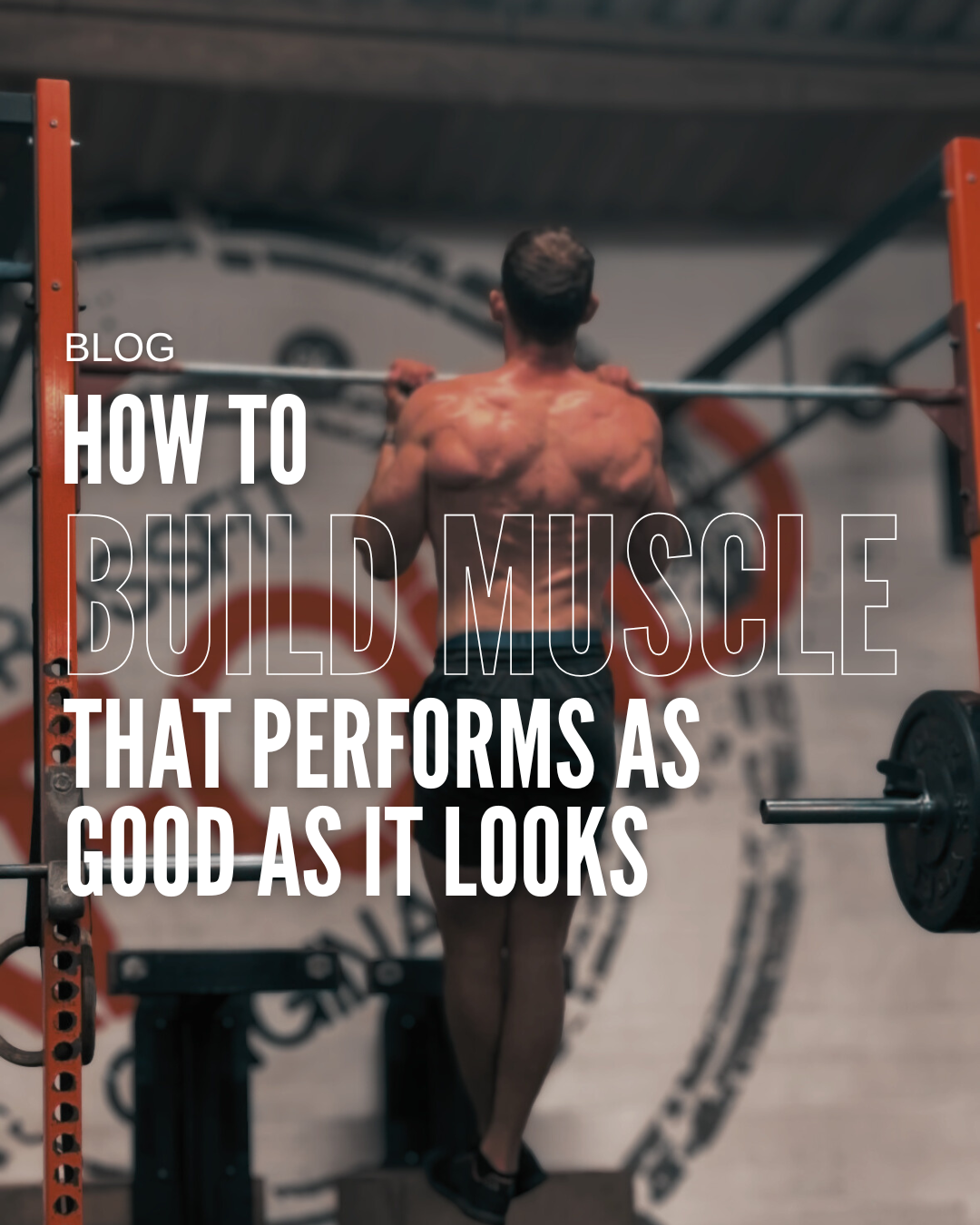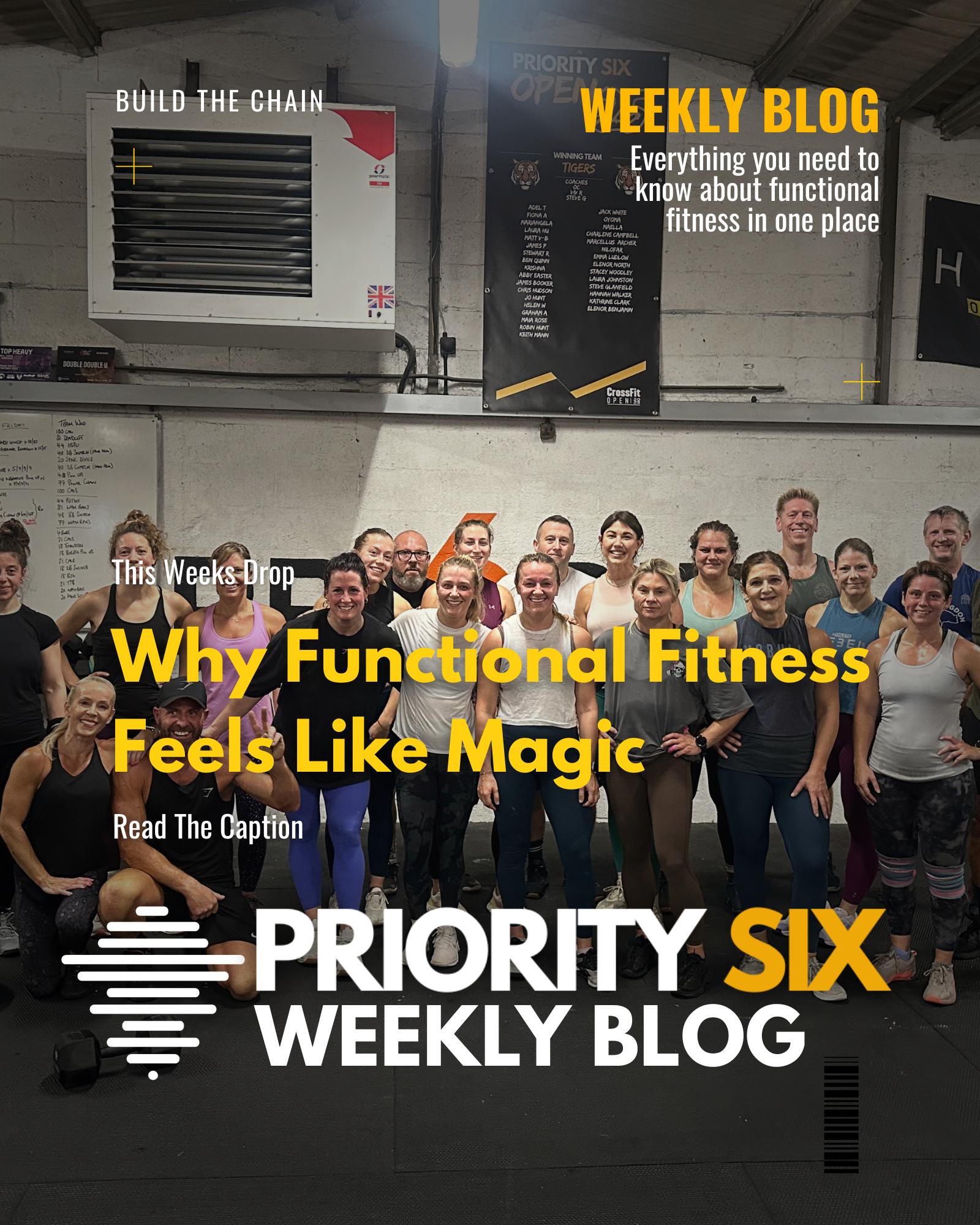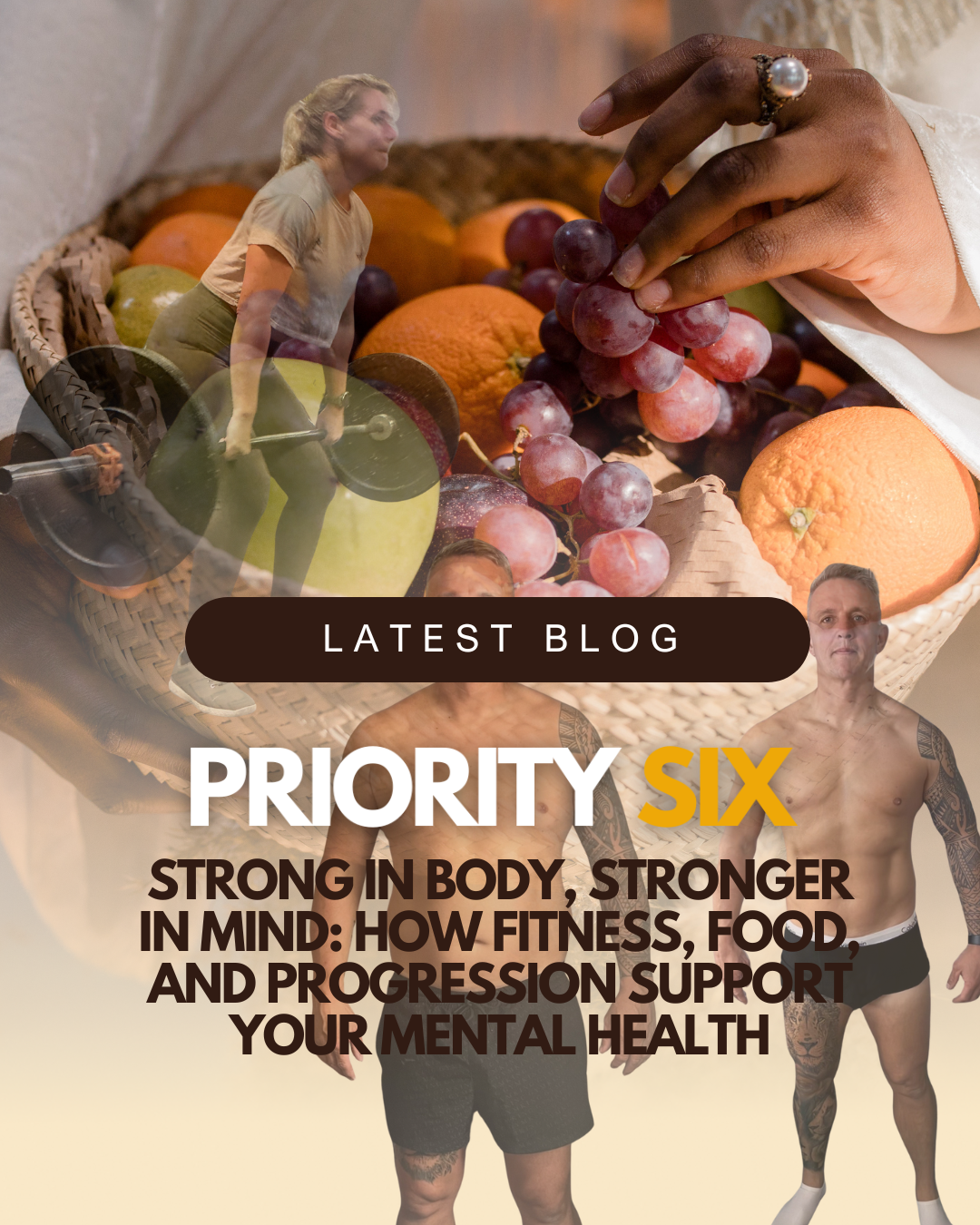

How to Build Muscle That Performs as Good as It Looks
A Guide to Hybrid Muscle for Strength, Looks & Function.
Let’s have a brutally honest conversation about muscle.
Yes, it feels great to fill out a T-shirt, lean tummy, see your shoulders round out and your arms develop that “lean” look. But if you can’t move well, can’t lift without pain, or feel gassed walking up a hill, what’s the point right?
Aesthetics and performance shouldn’t be either/or.
And if you’re training intelligently, they don’t have to be. The best bodies, the ones that hold up under stress, move athletically, and age well, are built on a fusion of functional strength and hypertrophy. It’s what I call hybrid muscle: form that follows function, and enhances it, its the base understanding of the “P6 Physique”.
This article is your no-nonsense guide to building useful muscle that doesn’t just look good under down-lighting, but also performs under pressure of life. This approach draws from the philosophies of coaches like Charles Poliquin, Eugene Teo, Mike Israetel, John Meadows as well as other movement coaches and distils it into a practical blueprint you can start using THIS week.
Let’s break it down.
Why “Just Building Muscle” Isn’t Enough Anymore
When we’re younger, training is often aesthetic-driven. Nothing wrong with that. But most people follow outdated split routines, chase pump over purpose, and eventually hit a wall:
Elbows flare up
Knees ache
Cardio tanks
The physique looks big but stiff, more statue than athlete!
If you’re over 30, what you need is more than mass. You need muscle that integrates with movement, supports joint integrity, and enhances real-life performance, whether that’s crushing a Hyrox race, handling your kids with ease, or maintaining power and posture into your 60s.
Step 1: Build the Foundation, Train Movement, Not Just Muscles
Classic “bro splits” have their place, but they isolate without integrating. To build hybrid muscle, you need to think in movement patterns, not body parts.
These are your movement pillars:
Squat
Hinge
Push (horizontal and vertical)
Pull (same)
Core stability (especially anti-rotation and anti-extension)
Loaded carry
These aren’t just exercises, they’re how your body moves in the real world. Training these patterns builds balanced strength and develops muscle with purpose.
Example weekly format:
Day 1: Squat pattern + horizontal push/pull
Day 2: Hinge + vertical push/pull
Day 3: Unilateral lower body + carries + core
Day 4 (optional): Full-body metabolic conditioning
This approach not only builds aesthetically complete muscle, but prevents imbalances and reduces injury risk.
Step 2: PLan Phases for Size and Strength
Muscle doesn’t grow from random volume. It grows from strategic progression.
This is where intelligent hypertrophy comes in, layering your training in phases that focus on:
Movement quality and structural balance (Weeks 1–4)
Volume-based hypertrophy (6–12 rep range, Weeks 5–8)
Strength emphasis (4–6 rep range, Weeks 9–12)
Functional hypertrophy (tempo-controlled 8–10 reps, Weeks 13–16)
This rotation is rooted in Poliquin-style periodisation, combined with modern insights from guys like Israetel (MRV thresholds) and Helms (evidence-based progression).
Each phase builds on the last, more movement quality, more load tolerance, more growth.
Tip: Don’t chase the burn. Chase quality reps under load, full range of motion, and controlled eccentrics.
Step 3: Add Energy System Work That Supports Growth
Forget long, mindless cardio, you’re not here to shrink into a smaller, weaker version of yourself.
But completely ignoring conditioning? That’s a mistake. Your heart is a muscle, too.
Smart conditioning enhances recovery, boosts work capacity, and burns fat without compromising strength. The key is to use the right energy systems:
Alactic (0–15s): Sled sprints, medicine ball throws
Aerobic (low-intensity, 20–40 mins): Brisk incline walk, rower
Glycolytic (20–60s efforts): Used sparingly; e.g., circuits or MetCon style
Weekly rhythm:
1 session of metabolic conditioning (e.g., sled + push-ups + carries)
1 low-intensity cardio session (zone 2, 30 mins walking or cycling)
Optional: add Hyrox-style session every 2 weeks
Your body becomes a fat-burning, muscle-sustaining engine, not just a calorie-counting calculator.
Step 4: Train the Core for Function, Not Just Show
Want visible abs? Drop body fat. Want a core that supports deadlifts, running, and real life? Train it right.
The true core is about transferring force from lower to upper body, resisting rotation, and stabilising under load. Crunches won’t cut it.
Your core training toolkit:
Pallof press (anti-rotation)
Deadbugs & bird dogs (motor control)
Heavy carries (farmer’s and suitcase)
Hanging leg raises
Cable chops and lifts
Train your core like an athlete, and you’ll move, lift and look like one.
Step 5: Recovery, Where the Growth Actually Happens
Sleep and recovery are the forgotten anabolic tools. No amount of training can outrun poor rest or unmanaged stress.
Here’s the hard truth:
If your sleep is broken and you’re wired all day, your hormones, and thus your muscle gains, are compromised.
Recovery checklist:
Sleep 7–9 hours: blacked out room, same bedtime, no screens 30 mins before
Protein: 1.6–2.2g/kg bodyweight
Carbs: fuel sessions, especially pre/post
Hydration: 3L/day minimum
One full rest day per week
Optional: sauna, walking, mobility, breathwork
Think of recovery as training between sessions, you’ll perform better, grow faster, and avoid burnout.
Step 6: Move in All Planes, Life Isn’t Just Forward & Back
Most gym work happens in the sagittal plane (think squats, rows, presses). But life, and sport, happens in 3D.
Lateral movement, rotation, and anti-rotation build real-world athleticism, prevent injury, and fill gaps in your aesthetics.
Try this:
Cossack squats or lateral lunges 1×/week
Med ball rotational throws, 3 sets of 3 each side
Windmills or Turkish get-ups, for shoulder and core integrity
Cross-body carries for full-body integration
It’s how you develop muscle that moves, not just flexes.
Step 7: Track Performance, Not Just the Mirror
Mirror feedback is fickle. Lighting changes, water retention plays games, and body image can lie to you.
Performance data doesn’t.
Track these benchmarks:
Deadlift: 1.5–2× bodyweight
Strict pull-ups: 8+ reps
Farmers carry: 2×24kg for 60s unbroken
Push press: 75% BW for 5 reps
2km row: under 8 minutes (for hybrid performance)
Set goals, measure progress, and chase performance. Aesthetic gains will follow, and they’ll last longer.
Build a Body That Serves You!
You don’t need to choose between looking good and moving well.
When you train for hybrid muscle, grounded in intelligent hypertrophy, integrated movement, recovery, and real-world metrics, you build a physique that performs under pressure and still looks elite in a T-shirt.
Because at the end of the day, muscle that can move, lift, carry and endure is muscle worth having.
Need help building a body that functions better, looks better, moves better and without pain?
Get in touch!
)-3.png)


